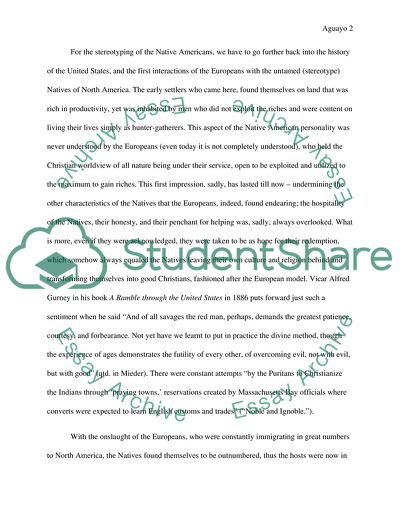Cite this document
(Destructive Now and Before: Stereotypes out of American Essay Example | Topics and Well Written Essays - 3500 words, n.d.)
Destructive Now and Before: Stereotypes out of American Essay Example | Topics and Well Written Essays - 3500 words. https://studentshare.org/social-science/1737713-research-paper-on-american-indian-stereotypes
Destructive Now and Before: Stereotypes out of American Essay Example | Topics and Well Written Essays - 3500 words. https://studentshare.org/social-science/1737713-research-paper-on-american-indian-stereotypes
(Destructive Now and Before: Stereotypes Out of American Essay Example | Topics and Well Written Essays - 3500 Words)
Destructive Now and Before: Stereotypes Out of American Essay Example | Topics and Well Written Essays - 3500 Words. https://studentshare.org/social-science/1737713-research-paper-on-american-indian-stereotypes.
Destructive Now and Before: Stereotypes Out of American Essay Example | Topics and Well Written Essays - 3500 Words. https://studentshare.org/social-science/1737713-research-paper-on-american-indian-stereotypes.
“Destructive Now and Before: Stereotypes Out of American Essay Example | Topics and Well Written Essays - 3500 Words”. https://studentshare.org/social-science/1737713-research-paper-on-american-indian-stereotypes.


